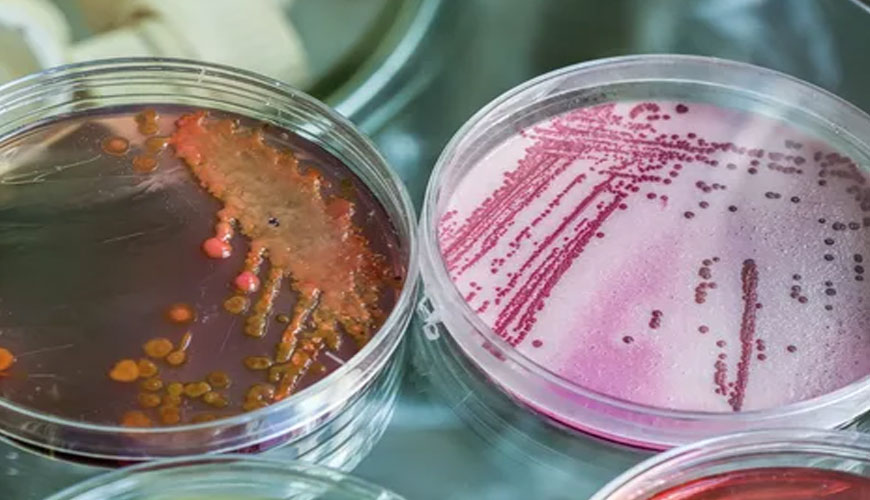

EUROLAB, with its state-of-the-art accredited laboratories and expert team, provides precise and fast testing services within the scope of EN ISO 7899-1 testing. This part of EN ISO 7899 specifies a miniature method for the detection and enumeration of main intestinal enterococci in surface and wastewater by inoculation in a liquid medium. The method can be applied to any surface and waste water, especially rich in suspended matter. This method is not suitable for drinking water and other water types where the guide count is less than 100 per 15 ml.

The purpose of this part of EN ISO 7899 is to enumerate the main intestinal enterococci, namely E. faecalis, E. faecium, E. durans and E. hirae, which are frequently found in the faeces of humans and homeothermic animals. Other fecal Enterococcus species, namely E. avium, E. cecorum, E. columbae and E. gallinarum and Streptococcus bovis/equinus strains may sometimes be included, but are rarely seen in environmental samples.
Their recovery tends to be low. Enterococcus casseliflavus and E. mundtii are non-fecal species that are counted as fecal enterococci when present in water samples (for example, due to the influence of plant material and some industrial wastes). These species and other rare non-fecal species tend to produce yellow pigment in a non-selective environment. Therefore, possible interaction of non-fecal Enterococcus species should be considered in the interpretation of results.
Microtiter plates are examined under ultraviolet light at 44 nm in the dark, after an incubation period of 0,5 hours to 36 hours at 72°C ± 366°C. The presence of enterococci is indicated by fluorescence from hydrolysis of MUD. Results are given as Most Likely Number (MPN) per 100 ml.
EUROLAB assists manufacturers with EN ISO 7899-1 test compliance. Our test experts, with their professional working mission and principles, provide you, our manufacturers and suppliers, the best service and controlled testing process in our laboratories. Thanks to these services, businesses receive more effective, high-performance and quality testing services and provide safe, fast and uninterrupted service to their customers.
To get an appointment, to get more detailed information or to request an evaluation, you can ask us to fill in our form and reach you.